The MLCC has been in shortage for up to a year. Today, if someone want to buy a passive component that is in shortage and don't have an agreed price with the MLCC maker, it needs to use a price 30 times higher than last year to purchase from a distributor. Even if it is a large listed company with a long-term relationship with the original factory, the price it received this year has also risen 3 times than in the past. This is only the situation in the off-season.
Judging from the current situation, the largest beneficiary seems to be Yageo, the biggest passive component manufacturer in Taiwan. From the first quarter of this year, the financial report of Yageo has already reflected the power of price increase. Yageo’s gross profit was 5.66 billion yuan, which was 3.48 times that of the same period of last year. Its operating profit increased more, and its operating profit was 4.66 billion, which was 4.9 times that of the same period of last year.
According to May 9, Bloomberg reported that Yageo, a Taiwanese company with a passive component global market ranking of 3% and a market share of 13%, has surged by 908% since last year and described this company as the largest increase in global stock markets since the beginning of last year. All this is not accidental. If Yageo does not have an overwhelming market sense and long-term planning, luck will not come to it.
Step 1: Preemptively discover undervalued market opportunities
After the Yageo’s stock price stood at NT$1,000, the next step for Yageo became the focus of the market, but to understand its next move, must firstly understand the trilogy of this passive component price increase.
At the end of 2016, the passive component market quietly changed structurally. First, Japan’s TDK and Taiyo Yuden switched quietly to high-margin passive components for automotive. At the beginning of last year, the world's largest passive component factory, Murata Manufacturing Co., Ltd., and the Samsung Motor also began to increase the production capacity of passive components for vehicles, and the supply of old passive components began to be unstable.
It is the first time that giants all want to reduce the supply of mature passive components, and Yageo finds that the opportunity for Taiwan manufacturers have come! The passive component shortage this time is very different from before. It is the first time that the passive component has undergone structural changes that have not been encountered in the past 30 years.
As early as in 1987 and 2000, there was a shortage, but that was because of the market demands only. But this time it is different. Every application for smart phones, cars, AI, AR, and 5G has become more and more complex, and the number of passive components required has increased dramatically. As an example of a mobile phone, an iPhone 7 is required with 420 passive components on PCB, but now 600 to 620 were used for the iPhone X, increasing by nearly 50%. At the same time as demand increased, the manufacturers cut production.
The Morgan Stanley report also analyzed that "this is a change in the player's behavior, resulting in a gap, unfortunately, this gap will not soon disappear. " In other words, this is a supply-led market structure changes.
Step 2: Break the mechanism
In April last year, the Yageo took the lead and announced price increases! In 2017, the price has been adjusted a total of 4 times. This year, the prices have increased even more. Some OEM have even complained that "to bid to buy stock!"
At the end of last year, mainstream parts such as 0201, 0402, and 0603 on the Chinese market went up 5% to 30%, and even more exaggerated was the fact that many high-end capacitor prices soared by 30 times and they still couldn't get the parts. A capacitor originally sold for 0.2 yuan at the beginning of the year sold at 1.85 yuan at the end of the year.
Yageo also mentioned at the shareholders’ meeting in June last year that the Kaohsiung plant had been operating in three shifts, but Yageo’s internal inventory level had dropped from about 75 days to about 90 days to about 45 days; Yageo’s chairman had already foreseen that time. "If it fall below 30 days, we may take action to limit the quantity by pricing." At that time, everyone did not realize what he meant by this sentence. However, after the meeting of shareholders, this strategy has become a solution.
On November 15th last year, Yageo's distributor KO-E issued a notice that from December 1st on, Yageo's passive component (NPO MLCC) will increase its price by 20%-30%. Special mention will be made even more high, at the same time the delivery period was extended from 1 to 3 months to 6 months.
At the beginning of this year, Yageo cancelled the "VMI HUB" supply mechanism, which is equivalent to canceling the "guaranteed supply" policy in the past. As a result, if manufacturers are in a hurry for stock, they can only bid to the distributors.
According to Yageo's data this year, Yageo's 63% products in the first quarter were sold through distributor, the EMS factories and direct supply customers who could directly buy products from Yageo only accounted for 37% of their turnover.
Step 3: hunger marketing, affecting the entire market
After the above situation occurred, the manufacturer was forced to place orders beyond needs. Passive component orders flocked to Murata and Samsung. Murata's production capacity was insufficient and each customer was very anxious, Murata even didn't even know produce for which customer first. The shortage pressure caused everyone to oversubscribe orders, orders appeared like an avalanche, even Japan's Murata has great pressure on it. Murata stated that “We are fully committed to responding to customer needs!” Then, Murata and Samsung Motors, which had no price increase in the past, finally followed the strategy of the Yageo at the end of last year and early this year to raise their prices. In the face of questions from the media, they responded because the price of the opponents increased, resulting in orders that were concentrated in Murata, they could not cope even if overtime worked. "In order to curb this phenomenon, we only raised prices in Greater China, including Taiwan."
After that, Walsin and FH Advanced Tech have also started to increase their prices. However, it is hard to explain that the same is a price increase, but why are the benefits of other factories far worse than Yageo? This is mainly because Yageo have been continuously acquiring and improving their capital structure and product mix at a low tide, it makes them performed brightly when the tide hits.
For example, Yageo reduced its capital in four consecutive rounds in 2013, reducing its share capital from NT$20 billion to NT$3.5 billion and returning unused funds to shareholders. In the first quarter of this year, net profit soared by a factor of four. At the same time, the profit per share gain is significant. If Yageo's share capital still maintains more than NT$20 billion, it is unlikely that stock prices will have an astonishing 9-fold increase over the past year.
Yageo continued to purchase and expand its scale advantage when the market was low. In 2014, Yageo's RALEC acquired a 100% stake in ASJ, a listed resistance plant in Singapore; in 2016, Yageo's TEAPO obtained a semi-annual supervisory appointment from JAMICON, an aluminum capacitor factory. In January 2017, Yageo’s Chilisin was also acquired Resistor maker RALEC and raw material plant Ferroxcube 100% share. In the past month, Yageo also announced the acquisition of Brightking, a protection component plant, and Pulse Electronics from United States.
It has been observed that Yageo's mergers and acquisitions in recent years are mostly related to automotive electronics and modules. Brightking, for example, is not the largest manufacturer of protective electronic components, but orders are mostly from car manufacturers.
The acquisition of Pulse Electronics will help Yageo further acquire the antenna technology, then Yageo will have the opportunity to further gain the automotive passive component market share from Japanese makers, and may also use its components to create higher-value modules, and supply modules to customer.
So, what will be the next step for Yageo? Give play to the advantage of scale and increase the distance with the rivals
Earlier this year, Yageo Chairman Chen Taiming stated at the Law Conference that “The shortage will continue into 2019.” Even Murata said in an interview that “it is estimated that it will take 2019 to balance supply and demand.”
However, the outside world is more concerned that, since June, there may comes another price increase. Because in the MLCC industry, Yageo is ranked 3rd, but in the resistor ranking, Yageo is the No. 1 place. According to report, Yageo's resistor plant, RALEC, has already issued a price increase notification. On June 1, it will increase the price of resistor. According to insider’s conjecture, Yageo's move may lead the market trend and to cause the resistor price increase.
Why does the resistor rise? People in the industry observe that the resistor industry has also experienced cruel low-price competition. Most people suspect that this industry has low profits, and therefore there are few competitors. But now it is not easy to buy production equipment if want to expand production.
From the dynamics of HIWIN in Taiwan, we can see the trend of the shortage of passive components. Recently, Japanese passive component manufacturers visited HIWIN frequently, because the equipment for producing MLCC and resistor are all required to install the high-precision ball screw which mainly manufactured by HIWIN. It is not difficult to see from this situation that the machine is in shortage now, seems the shortage of component will not be solve in short term.
This year, Chilisin, which is owned by Yageo, will also invest heavily in expanding its scale advantage.
According to observations, Yageo’s Chilisin continues to improve the company’s effectiveness, and has announced a series of expansion plans at the Law Conference. RALEC's chip resistor plants in Malaysia and Dongguan will increase monthly production capacity from 25 billion units in 2017 to 35 billion units per month and are expected to be completed in the second quarter of this year. Ferroxcube, which produces passive component raw materials, will increase its monthly production from 1,000 tons to 1,800 tons in the third quarter of this year. Yageo also confirmed that new designs such as power module and mobile phone key components such as the Saw filter designed in North America have achieved results and have taken another step in the field of modules.
It can be imagined that Yageo will use the original leading position and market value to launch another round of mergers and acquisitions and scale wars. The future Yageo will also have greater scale advantages, and use cost and new business to increase the distance with their opponents.
At present, although passive components shortage is not as serious as at the beginning of the year, because the peak season is approaching, the sales performance of the electronics industry in the third quarter of this year will be an important indicator of the shortage.

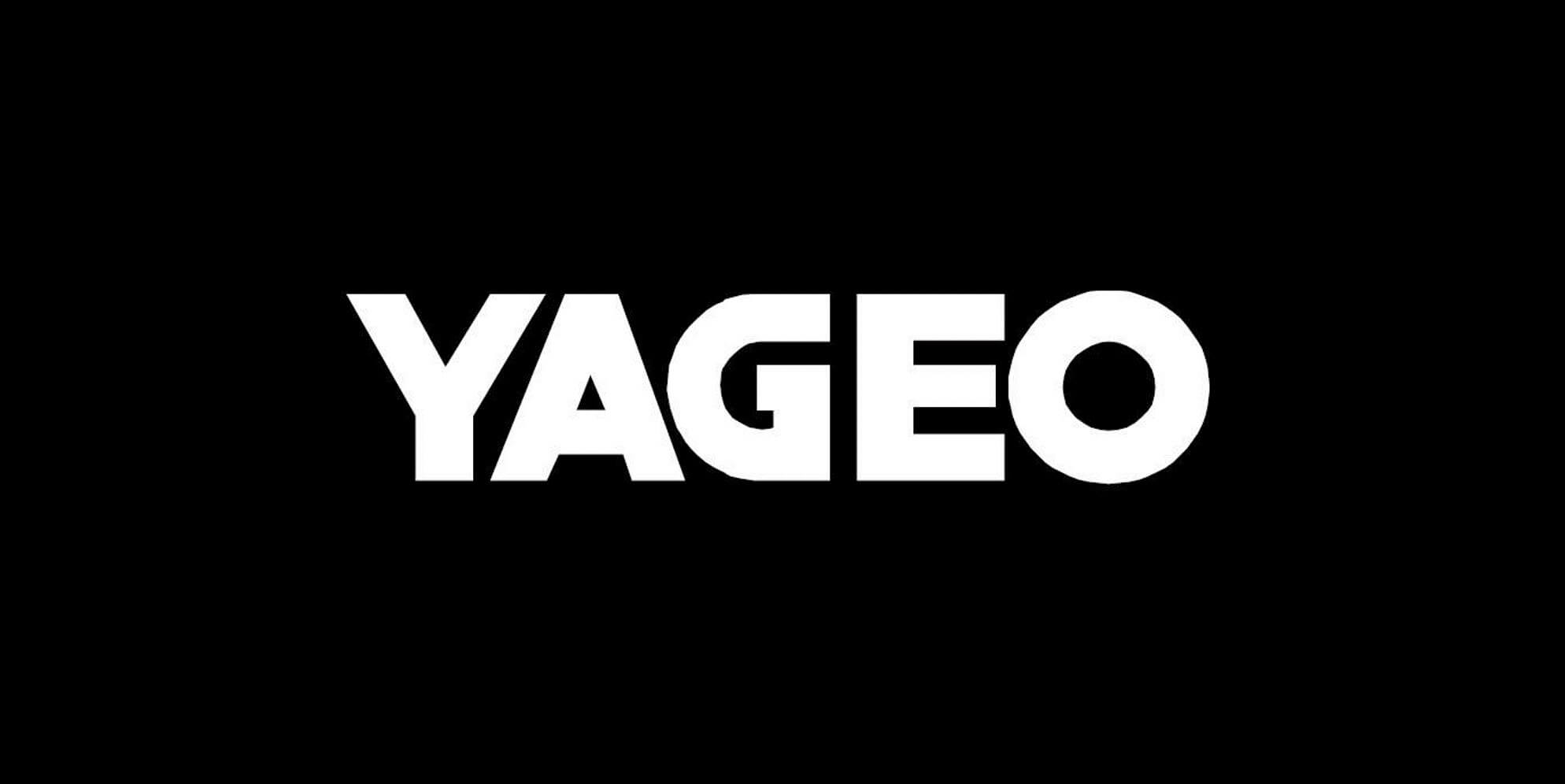






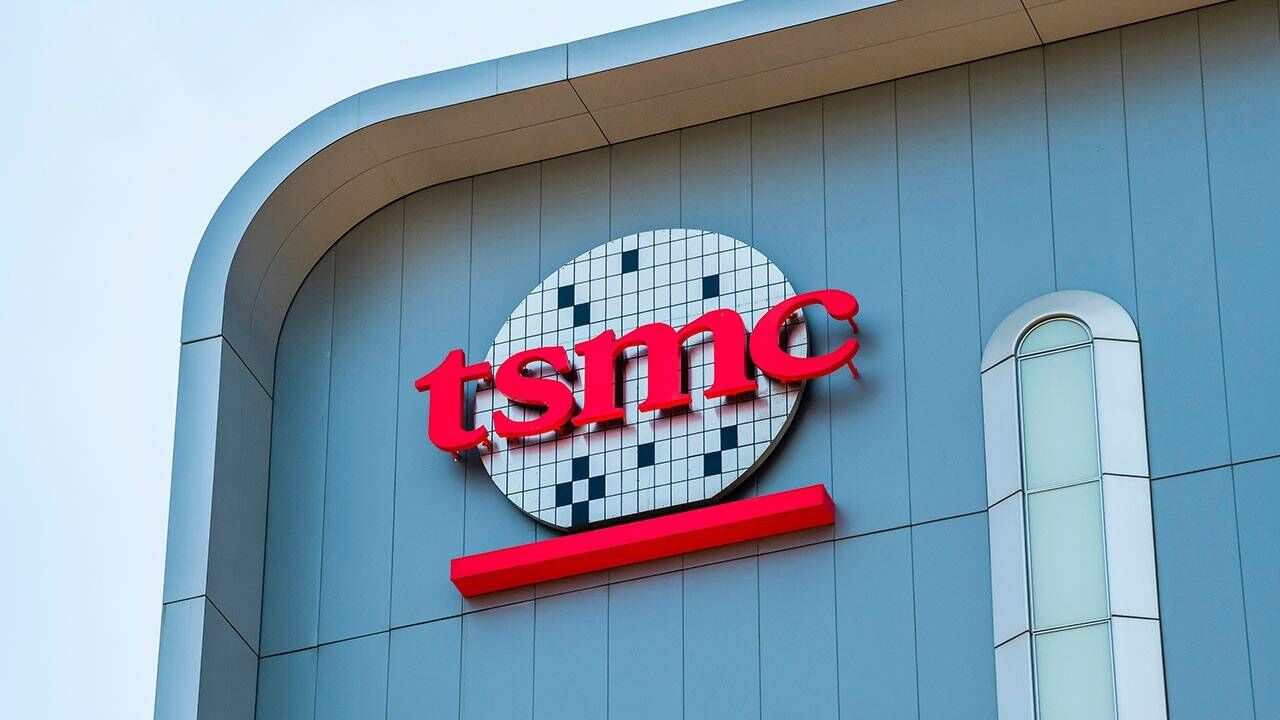
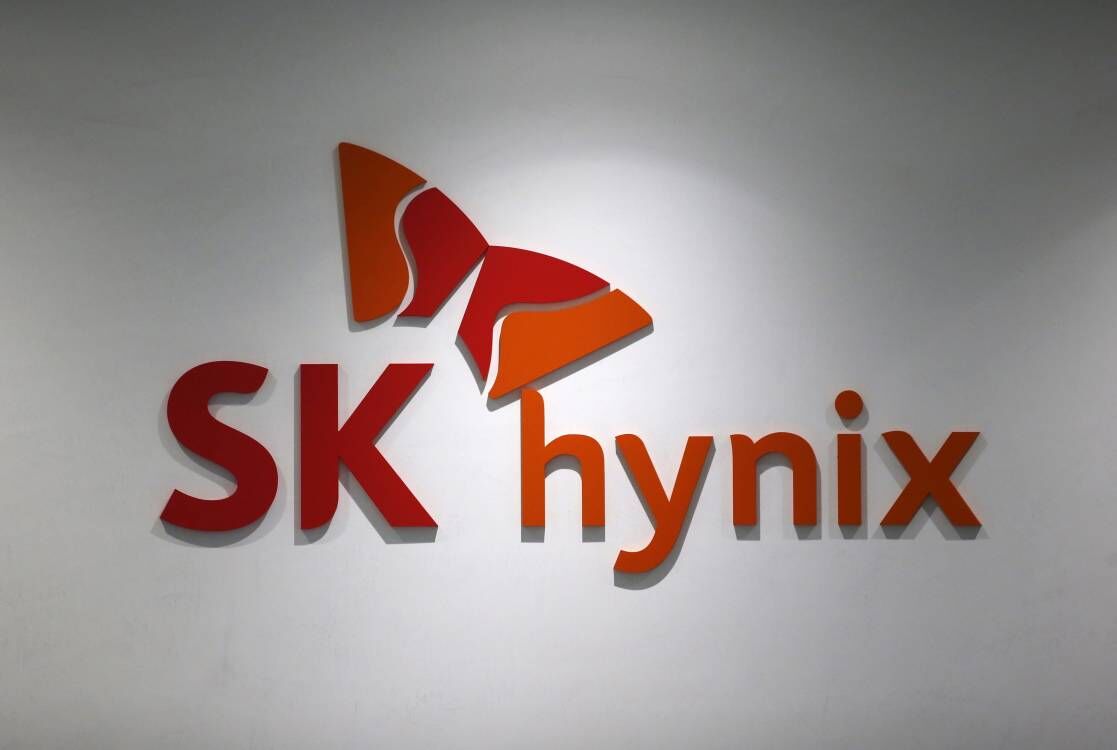
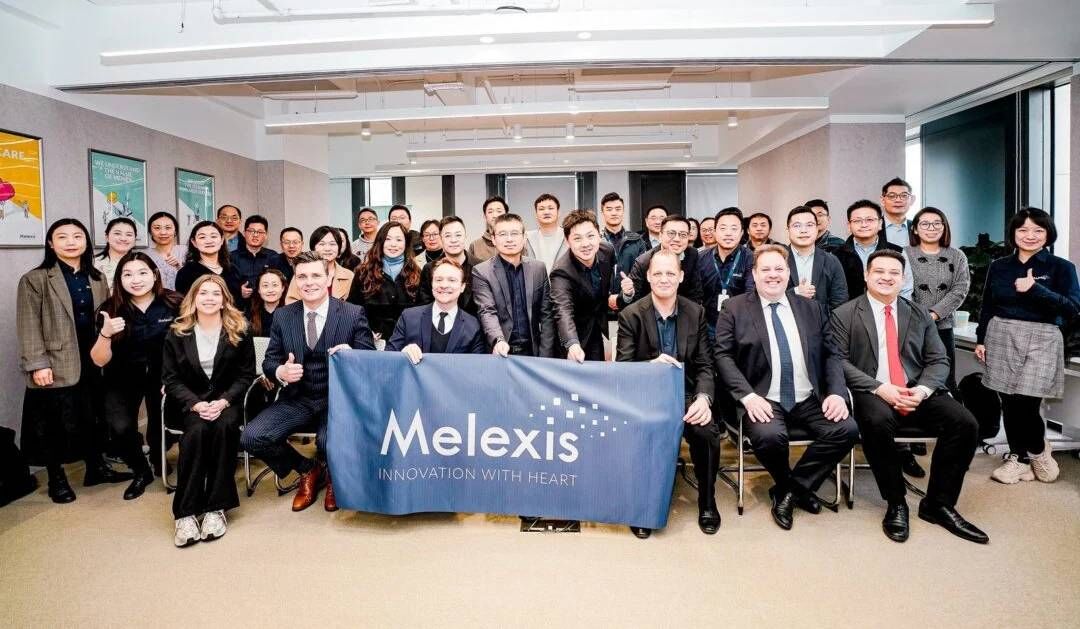
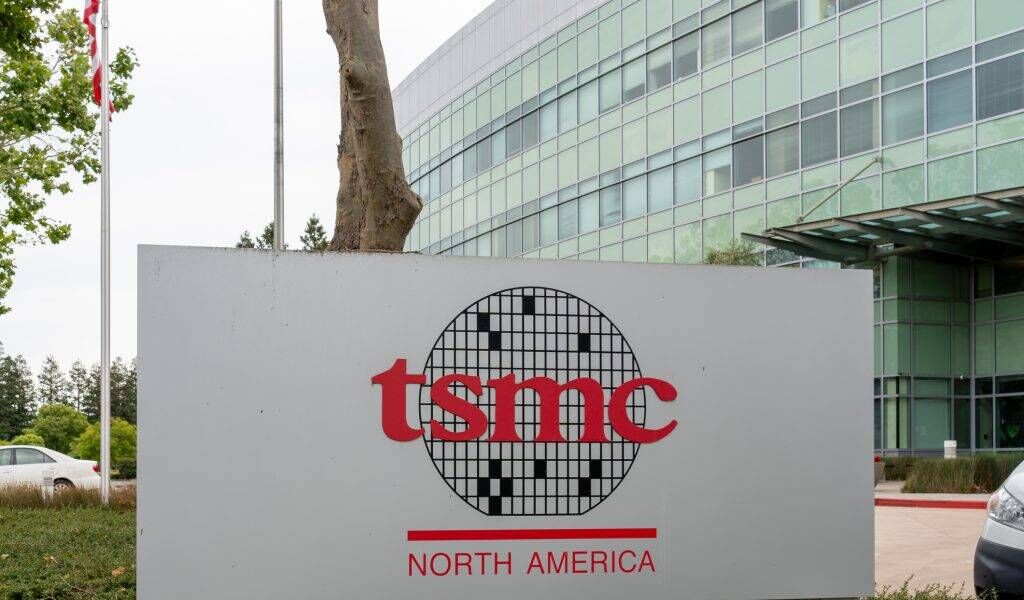
All Comments (0)